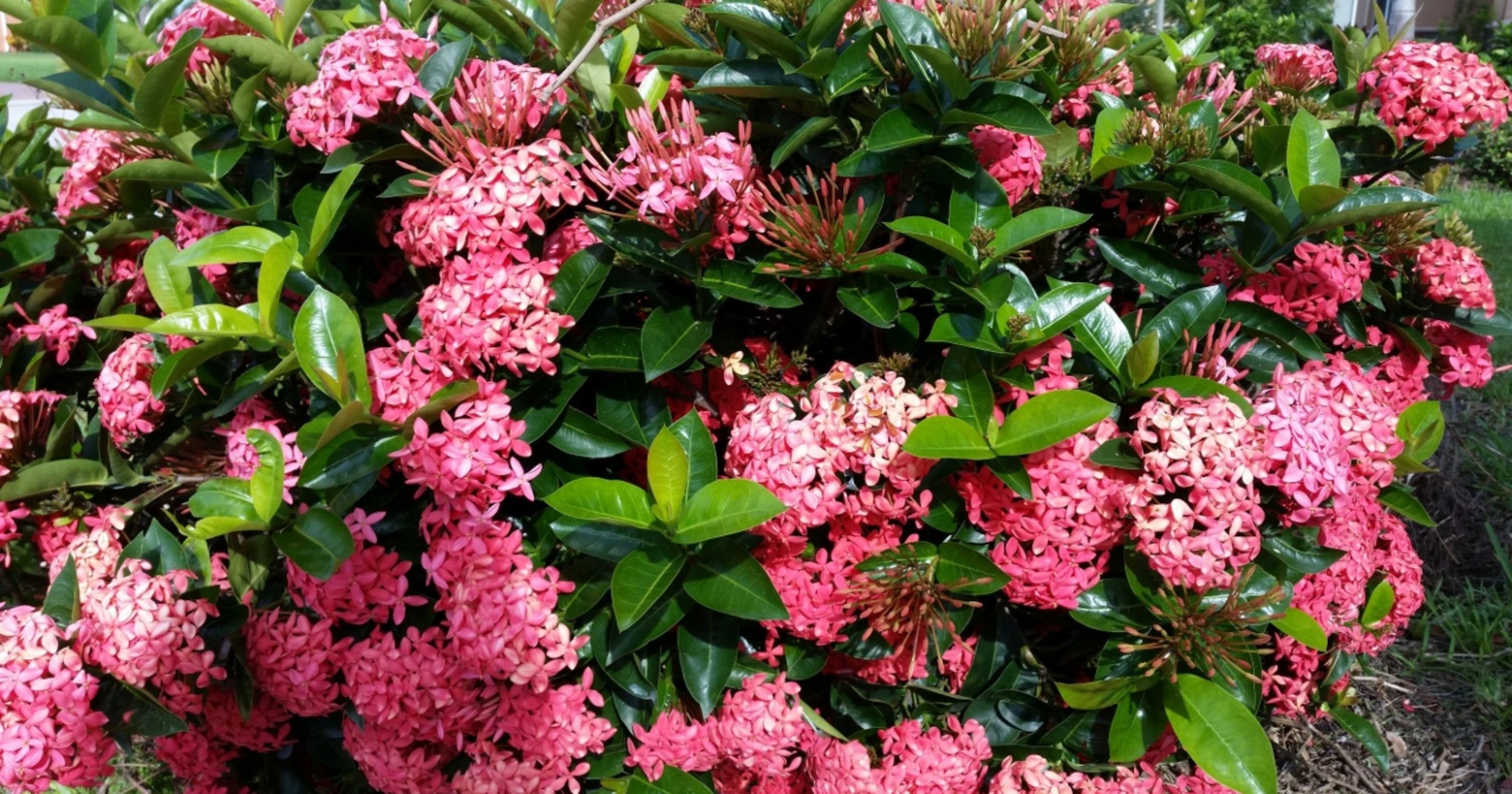I think Ferns are just beautiful. When i was in college in New Hampshire taking Botany classes, we would frequently go on field trips out into the forest to look, identify and collect plants. Ferns were very prevalent in the areas around my school and I always thought they were just stunning. I used to take a frond and press it in my plant press and make framed pictures for my family for Christmas.
Ferns are actually different from the trees and shrubs you see around you. They developed earlier on the evolutionary track. They are similar to trees and shrubs in that they transplant fluids and nutrients internally and they have true roots, leaves and stems. However, unlike most plants they do not produce flowers and seeds. Have you ever seen a blooming fern? No, they reproduce by spores which can be seen on the undersides of the leaves.
Most ferns enjoy a shady spot in the yard and do not like to have direct sun. Some spread and some stay put. It is important that you know the growing characteristics of the fern you are choosing before you plant. I want to give you a few of my favorite ferns. The first on my list would be Foxtail Fern, but alas, it is not a true fern, it is a member of the Lily family.
Wort Fern
Wart fern (Microsorum scolopendrium) - This is a lovely low growing fern that makes a beautiful ground cover. It has very compact growth unlike most sprawling ferns reaching only 2 feet tall by 1.5 feet wide. It prefers dense, medium or light shade but will also tolerate more sun that most ferns however, the color will bleach out in too much sun).
Macho Fern
Macho fern (Nephrolepis biserrata)- This is an absolutely gorgeous fern! What I like the most about it is the dark green lush foliage. Beware though, this fern needs some space and it will spread. It will grow to 3’ tall and 4’ wide. If you have a large area to naturalize, this is a great option. Another bonus is that it is a native plant.
Fishtail Fern
Fishtail Fern (Nephrolepsis byserrata ‘Furans’) - This fern gets its name because the ends of the leaves or fronds look like little fish tails. This is a very graceful, slower growing fern that reaches 2-3 feet tall and wide. It does spread but it is much easier to control and does not get as big as the Macho Fern.
Autumn Fern
Autumn Fern (Dryopteris erythrosora)- This is a fern that I have used in Massachusetts all the way down to Clearwater, Florida. I love it because it stays compact and the new growth has a bronze color. It will grow to 1-2 feet tall and wide.
Australian Tree Fern
Australian Tree Fern (Cyathea cooperi)- This is a very unique tree for a shady location. This was the first plant that I bought when moving to Florida. I planted it in a pot on my deck and it got a little too much sun and not enough water and ended up a casualty. These plants need a lot of water so I would not classify them as low-maintenance plants. But in the right location, under trees and in enriched soil with daily watering or rain, they are magnificent. They can get up to 15 feet in height and width. The fiddleheads that push up to form the new fronds are just so interesting looking.
If you have a shady spot in your yard, try planting some ferns. There are lots of varieties and in general they are low maintenance and will greatly enhance your garden.
































